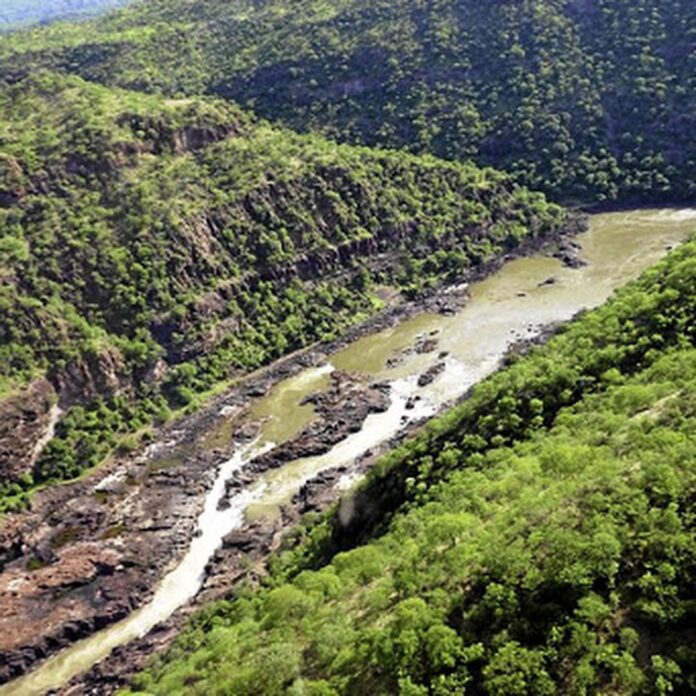The gigantic Batoka Gorge Hydro Electric Scheme is expected to be successfully implemented without the displacement of any communities as the project along the Zambezi River below the Victoria Falls not expected to affect human activities including social activities.
This means the Zimbabwe River Authority, a bilateral organisaton equally owned by the Zimbabwean and Zambian governments, will not be affected by processes such as compensating affected communities.
The latest development, announced following the completion of an Environmental and Social Impact Assessments (ESIA) Report, which included a Resettlement Policy Framework (RPF) and Livelihood Restoration Plans, also indicates that the project would be different from the Kariba Dam project which displaced communities on either side of the Zambezi River.
More than 50 000 people mostly from the BaTonga tribe living along the Zambezi River were relocated and thousands of wild animals lost their habitats during the construction of the Kariba Dam in the 1950s.
The ESIA studies, commissioned to mitigate impacts on project affected and communities, included livelihood study of affected communities, household census and socio economic survey and asset inventory.
In a statement, ZRA chief executive Munyaradzi Mudowafa said the goal of the LRP was to help restore and potentially improve the livelihoods and living standards of economically displaced Project Affected Households.
“The ESIA study covered land identified for accommodation of project staff and for development of the dam, powerhouses, related infrastructure including land for construction camps.
“The Resettlement Action Plans (RAPs) for these projects components are not required as construction for these projects components will not affect any primary residential structures or social facilities and therefore will not result in physical displacement.”
ZRA, in 2014, engaged Environmental Resources Management (ERM) of South Africa, an independent and internationally reknown consultant to carry out ESIA studies for the creation of the 2400mW Batoka Gorge Hydro Electric Scheme, a trans-boundary project which is located 47km downstream of the Victoria Falls.
The ESIA process is being conducted in line with the Zambian Environmental Management Act pursuant to Statutory Instrument No .28 of 1997 while in Zimbabwe the process is being done in line with the Environmental Management Act.
The ESIA process is being also undertaken in conformance to international standards and best practices like the World Bank Environmental and Social Framework and the International Finance Corporation Standardas (IFC) performance standards regarding compensation of project affected persons.
The draft ESIA report, the RPF and the LPR were released on March 2 this year as a mandatory disclosure process and for the purposes of reviewing and submission of related comments by stakeholders and interested parties.
Munodawafa said hard copy reports were availed to traditional leaders of the host communities and positioned in public places for easy access to the general public while soft copy were posted on the Zambezi River Authority and ERM websites.
The ESIA report and ESMP show detailed response plans to the identified project impacts.
“The Authority is set to undertake disclosure meetings to discuss ESIA reports with all stakeholders following the COVID-19 regulations in the coming months,” he said.
The Zimbabwean government has also issued a Statutory Instrument 188 of 2020 to set aside the land for the purposes of the project.
The SI does not refer to any compensation process being a standard excision statute to deter any opportunistic or unscrupulous settlers.
The creation of the provisions of ESIA Resettlement Policy Frameworks and Livelihood Restoration Plans will be provided for eligible individuals and communities.
ZRA also expressed its continued commitment to addressing any adverse impacts on the host communities resulting from implementation of the project.
“The work shall be done through employing international and local best practises in a fair and transparent manner with aim of ensuring improved livelihood of the project affected households.”
The BGHES is expected to ease power shortages in both Zimbabwe and Zambia which would share 1 400mW of energy when power starts being generated at the scheme.










